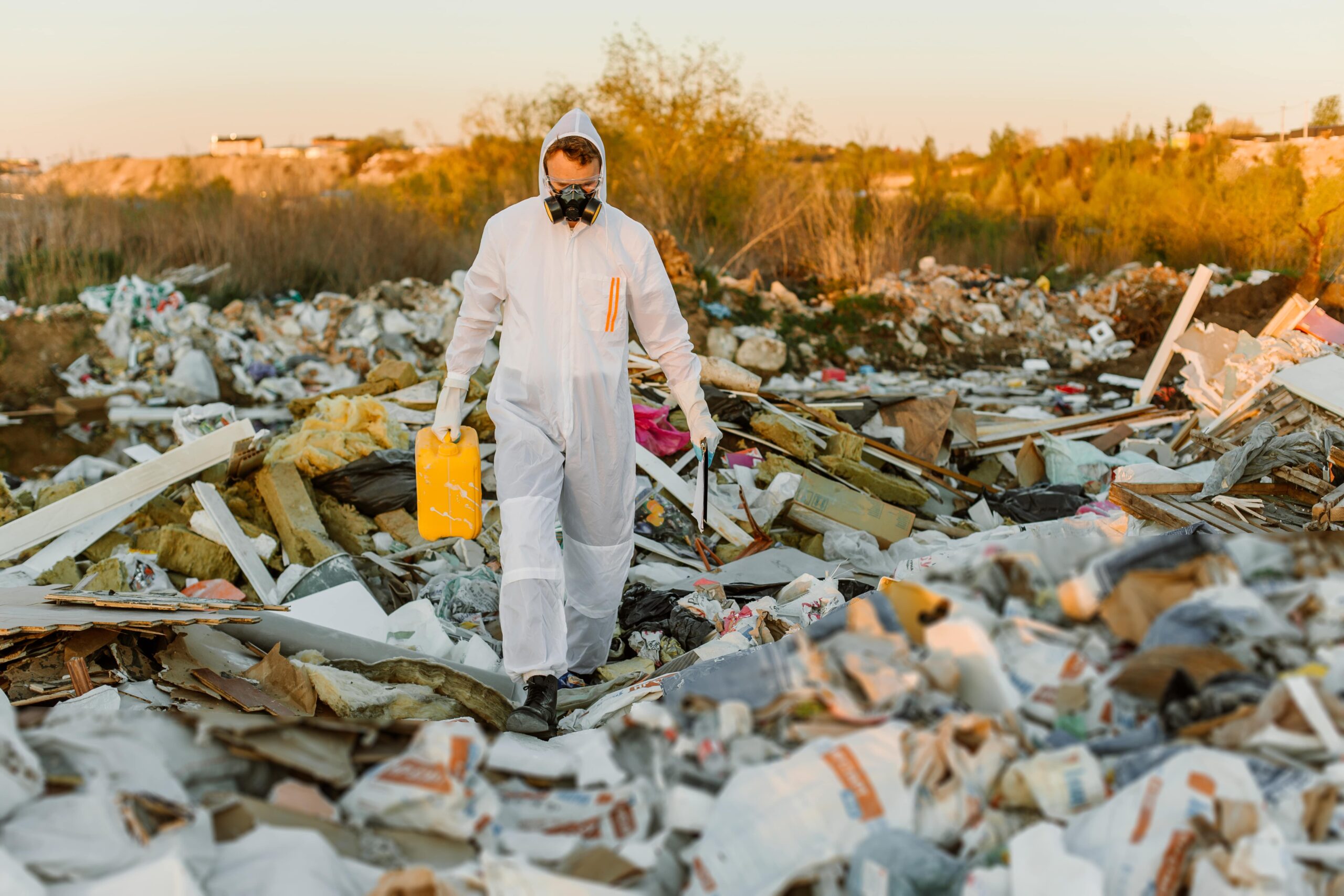Cleaning up contaminated land can create new opportunities for safe development and re-use.
Land Remediation Relief is a valuable tax break that can substantially contribute to clean-up tasks.
Contaminated land is tightly regulated by a body of law, with substantial tax reliefs available for cleaning it up in the form of Land Remediation Relief.
What is contaminated land, how can it be identified, and who’s responsible for cleaning it up?
What is the meaning of contaminated ground?
Contaminated land is ground where elements such as the soil, surface water, or groundwater contain harmful substances that could pose a significant risk to human health or to the environment.
Contaminated land is often where industrial activities have previously taken place, or where improper waste disposal has occurred.
Agricultural practices and natural events can also result in land being contaminated and put beyond use.
Contaminated land requires careful management to ensure public and environmental safety.
Deciding to remediate the land is a big commitment, and takes careful work, but when completed the land will usually be deemed safe for re-use.
What causes contaminated land?
Contaminated land can be caused by both human activity and natural processes.
Some of the principal ways in which land ends up contaminated include:
- Industrial activities
The UK’s long history as a leading industrial power has resulted in large parts of the country having contaminated land. Factories, refineries, and manufacturing operations have used and disposed of hazardous chemicals. In the past, the rules governing the use of these substances were not as strict. One key industrial activity that has left contaminated land is mining. Heavy metals and other pollutants are often found in the soil and water around former mining sites.
- Agriculture
Some agricultural practices, particularly the use of pesticides, herbicides, and fertilisers, can introduce harmful substances in the soil and groundwater.
- Waste disposal
The improper disposal of industrial, household, and commercial waste can all result in land contamination.
- Accidental spills
Oil spills, chemical leaks, and other accidental releases of hazardous substances can have a huge impact, often contaminating large areas.
How do I find out if my land is contaminated?
Finding out where land is contaminated will typically involve a combination of environmental testing and research.
If you have reason to believe that land may be contaminated, a site inspection will need to be conducted.
A visual inspection by a qualified person will look for signs of contamination, such as particular colours or odours in the soil or water.
A professional environmental consultant can carry out a range of tests, collecting and analysing soil, water, and air samples for contaminants.
Learning more about the previous uses of the land through records, maps, and historical documents can help identify any potential sources of contamination.
Industrial and other activities that took place on the land many decades earlier may still result in contaminated land today.
What can you do if your land is contaminated?
Responsibility for contaminated land will typically fall on the polluter under the “polluter pays” principle.
However, in many cases, the polluting company may no longer be in existence. When this happens, the responsibility lies with the current owner.
If you find yourself in this position you are likely to require environmental consultants to assess the extent of the contamination.
They will also recommend remediation strategies, drawing up a viable plan of action.
Approval from the local authority and environmental agencies may be required before the remediation plan can be executed.
Once the site has been decontaminated, it will need to be monitored to ensure that it has been effectively managed.
Can houses be built on contaminated land?
Land that has been decontaminated is often used for building houses, but it requires careful management and adherence to strict regulations.
Developers are required to conduct thorough assessments to understand the nature and extent of contamination, ensuring that appropriate remediation plans are in place before applying for planning permission.
Unlock Land Remediation Relief with DAAFL
Land Remediation Relief can provide substantial benefits for companies undertaking land decontamination.
At DAAFL, our tax specialists have been helping businesses claim land remediation relief since 2015. Since then, we’ve helped dozens of businesses claim back more than £19m in total.
If you are the owner or developer of land that may be contaminated, we can advise you about eligibility and help you with the application process.
Contact us to find out more about Land Remediation Relief and how we can help.
More on Land Remediation Relief from Digital Accounting and Finance
How Land Remediation Works
Stages of Contaminated Land Assessment
Land Contamination Legislation in the UK
